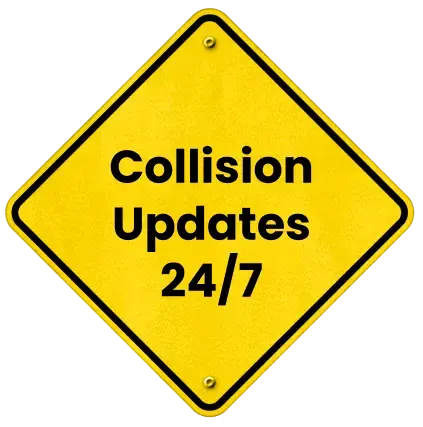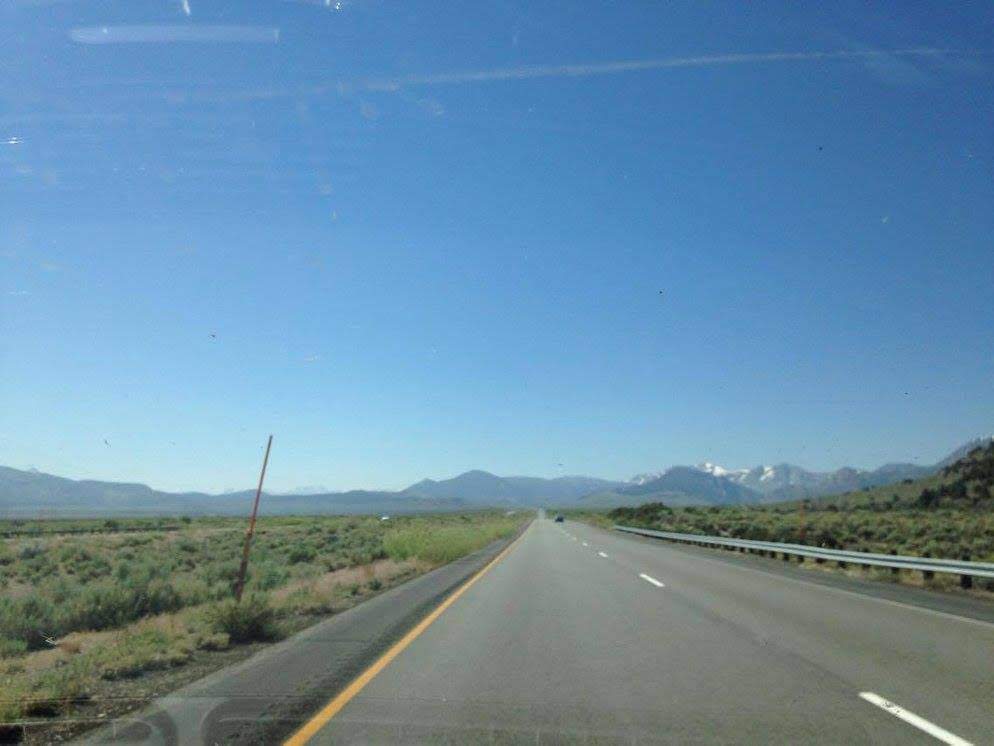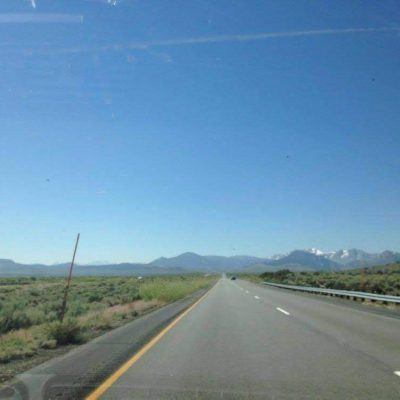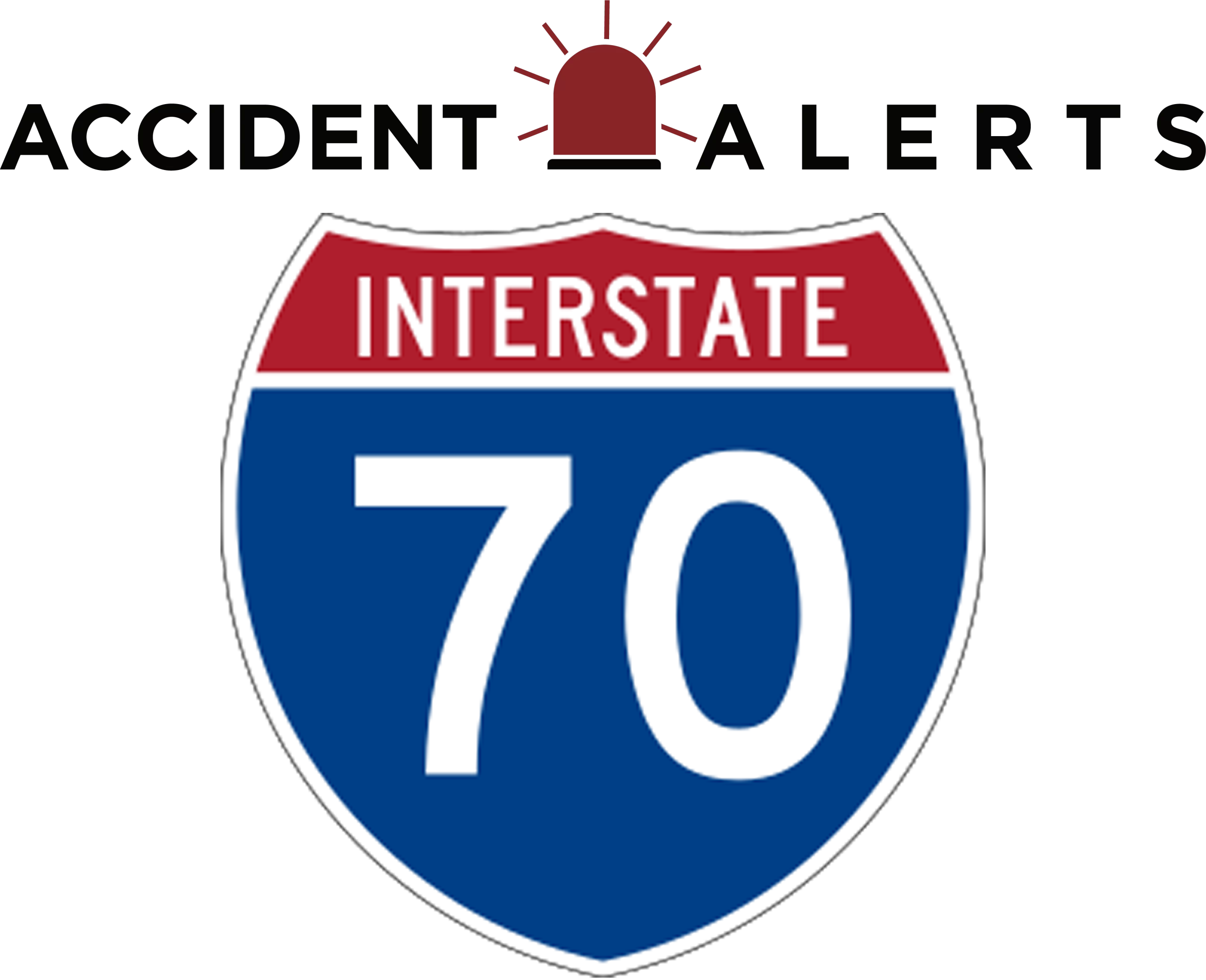
Blizzard Pileups on Interstate 70 – Causes, Prevention, and Legal Responsibility


Interstate 70, stretching from Utah to Maryland, is one of America’s busiest and most important highways. It cuts through the Rocky Mountains in Colorado, winds across the open plains of Kansas and Missouri, and connects major cities along its 2,100-mile span. While this interstate is vital for commerce and travel, it is also notorious for dangerous winter driving conditions. In recent years, multiple I-70 pileup accidents have made headlines, many of them linked to blizzards that cause zero visibility and icy pavement.
When snow squalls sweep across the highway, even a single mistake can trigger a devastating blizzard crash that involves dozens of vehicles. These multi-car collisions are frightening, chaotic, and often deadly. In this article, we’ll explore how blizzard pileups happen, what drivers can do to avoid secondary crashes, and how investigators determine fault after such catastrophic events.
The Nature of Multi-Vehicle Winter Collisions
Winter driving presents challenges even under the best circumstances. In mountainous areas, steep grades and sharp turns combine with sudden bursts of snow to create extremely hazardous conditions. On flatter stretches, wind can blow snow across the roadway, which creates blinding whiteouts that appear without warning.
A typical large-scale collision often begins when one driver loses control on ice or brakes suddenly in low visibility. Other drivers following too closely may be unable to react in time. In seconds, a chain reaction occurs that might involve cars, trucks, and buses. These wrecks can stretch for miles, shutting down travel completely.
The human toll is immense. Victims can be trapped in freezing temperatures while emergency crews work to reach them. First responders face the added challenge of navigating snow-covered roads and poor visibility while trying to save lives.
The Dangers of Secondary Crashes
One of the most devastating elements of these events is the risk of additional collisions after the initial impact. Once vehicles come to a stop, other motorists approaching the scene may not realize the road is blocked. In blinding snow, headlights and brake lights can be nearly invisible until the last second.
These follow-up impacts increase the severity of the disaster:
- Occupants from the first collision may be struck again.
- Rescue workers and stranded motorists are exposed to further danger.
- Traffic backups extend for miles, sometimes trapping hundreds of vehicles.
In this way, what begins as a single accident can rapidly escalate into a massive pileup that overwhelms emergency resources.
Best Practices for Avoiding Pileups and Secondary Crashes
Although drivers cannot control the weather, they can take steps to reduce the risk of being caught in a major winter pileup. One of the most effective measures is slowing down. Excessive speed is a leading contributor to winter crashes, and even when pavement appears clear, hidden patches of black ice can make stopping nearly impossible. Reducing speed well below the posted limit provides drivers with valuable extra time to react.
Increasing the following distance is another essential precaution. While a three-second gap may feel safe in good conditions, winter storms demand far more space. Extending that distance to ten seconds or more gives drivers the room they need to brake safely on snow and ice.
Drivers should also use hazard lights when visibility drops suddenly. In a whiteout, flashing lights serve as a warning to those behind, giving them time to slow down and prepare to stop. This simple action can make the difference between safety and another collision.
Avoiding sudden braking or swerving is equally important. Abrupt maneuvers often cause vehicles to skid out of control, leading to secondary crashes. Instead, drivers should steer gently and apply brakes gradually, keeping control of the vehicle even on slick pavement.
Finally, it is crucial to know when to leave the road. Sometimes the safest choice is to stop driving altogether. Pulling off at the next exit, rest area, or truck stop until conditions improve can prevent disaster.
By practicing these habits, drivers not only protect themselves but also reduce risks for everyone sharing the highway.
How Fault Is Determined After a Pileup
Assigning blame in a multi-vehicle pileup is rarely a simple task. Investigators piece together events using physical evidence and driver accounts. They examine skid marks, damaged vehicles, and the condition of the roadway. Teams also study weather data to understand how conditions affected visibility and traction. Video footage from traffic cameras or dashcams often provides crucial details. In commercial crashes, investigators download information from truck recorders to track speed and braking.
Drivers may face fault for traveling too fast, following too closely, or driving while distracted. Trucking companies can also share liability for unsafe driving practices, poor maintenance, or pushing drivers beyond safe hours. In some cases, mechanical failures or ignored safety warnings play a role. With so many vehicles involved, responsibility often spreads across multiple drivers. Courts and insurers divide liability by examining each person’s actions before the crash.
For victims, the aftermath brings overwhelming challenges. Medical bills, lost income, and property damage add stress during recovery. Attorneys use accident reconstruction experts to establish fault and strengthen claims. Legal teams also gather medical records, witness statements, and expert testimony to support compensation claims. Through this process, victims have a chance to secure fair recovery for their losses.
Broader Legal and Safety Considerations
Pileups also raise questions about public safety. State agencies and highway patrols help prevent crashes through proactive steps.
They post electronic warnings before storms, close hazardous stretches when conditions become too dangerous, and also deploy plows and salt trucks quickly.
Policymakers often push for stricter winter rules. Trucking regulations and emergency response plans improve after major crashes. Each disaster forces change
Contact an Experienced Attorney
If you or someone you love has been injured in a serious highway pileup, you should not face the aftermath alone. Medical expenses, lost income, and complex insurance negotiations can feel overwhelming. An experienced I-70 car accident attorney can guide you through the process, investigate the crash, and hold negligent parties accountable. Our legal team has the resources and knowledge to pursue the maximum compensation you deserve. Contact us today for a free consultation and let us fight for your recovery.
